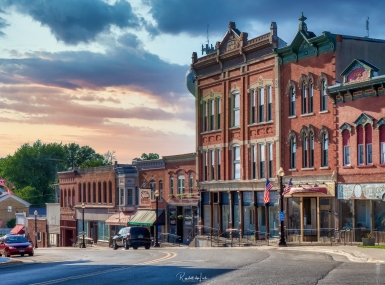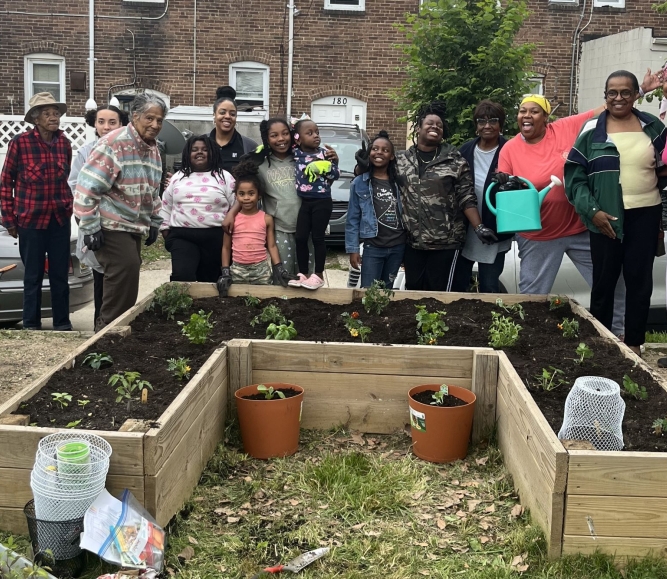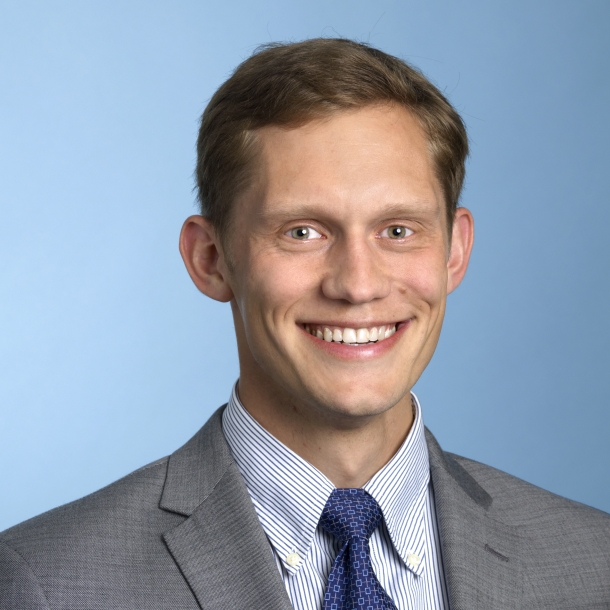Counties eye remedies for residents’ social isolation
Portage County, Wis. has it all for older residents. That is, if they live in Stevens Point.
The county seat has a university, a technical school, a YMCA and more. Cultural opportunities are sometimes a walk away, or at most, a bus ride. But leave town, and they’re looking at a long drive, if they drive at all. Social isolation is often a price older residents pay for living far from town.
Learn more
County News Podcast: Randall and Murphy dicuss the role of government in combating social isolation
Surgeon general's advisory on the healing effects of social connection and community
America's Health Rankings evaluates risk social isolation by county
“When you move out into rural areas, the resources become far less dense [especially] for people with disabilities and for older adults,” said Kate Giblin, senior center manager at the Aging and Disability Resource Center of Portage County. “We also contend with winter weather,” which can add an extra degree of difficulty to travel.
Giblin manages the county Rural Community Connections Task Force, which was funded by a $58,000 grant from the American Rescue Plan Act. It wasn’t much, but it was still more than she’d ever seen for that kind of programming, making it possible to host five events in three months in more remote parts of the county.
“We had been creating ways to move resources and opportunities out of the central core of our county,” she said.
“We used these events to make the community aware of volunteer opportunities and ways that we can help support people in home and community-based support.”
A surgeon general’s advisory on social isolation released in 2023 cited polls that show the proportion of Americans who say they could reliably trust other Americans dropped to 30% in 2016 from 45% in 1972. The advisory noted that lacking social connections can increase the risk of premature death as much as smoking up to 15 cigarettes a day and is associated with an increased risk of disease, including a 29% increased risk of heart disease and a 32% increased risk of stroke.
“We had people come to our events and say they hadn’t been out of their house in months,” Giblin said. “It also really served as a reminder of how isolated older adults with a disability can be without support in rural areas.”
On the other end of the age and geographic spectrum, teenagers are facing the same issue. Not necessarily the same problem — they spend their days surrounded by their peers in school — but in Loudoun County, Va., Board of Supervisors Chair Phyllis Randall said the mental and emotional development curve of the teenaged brain may not be up to the task of steeling their psyches against the comparison curse that breeds from social media use. Randall has worked as a mental health therapist in the Prince William County, Va. justice system, which adds a professional background to her perspective. She says teenagers’ life experiences have likely not added up to a point where they are armed to defend their personalities.
“A 12-year-old girl does not realize, ‘that’s not real,’” when looking at social media content, Randall said.
“She feels on her inside with how somebody looks on their outside. And your inside will never compare to somebody else’s outside. That then starts leading to the anxiety, to the depression, to the suicidology, because you think ‘I can never be good enough for that.’ And so, it’s really important that not only is it pulling away from your ‘connectedness,’ but it’s giving you a world that’s not real.”
Randall and Sen Chris Murphy (D-Conn.) discussed the topic June 2 at NACo’s Washington, D.C. office.
Murphy described Generation Alpha — born between 2010-2024 — as retreating from peers and friends into their smartphones. Some was hastened by public health restrictions in response to the COVID-19 pandemic, and others by social media algorithms.
“There’s just something fundamentally different between virtual interaction and in-person interaction,” he said. “Our bodies crave in person interaction. Kids are getting so much more of the downside than the upside,” with social media.
“The real poison is the algorithm…Kids are getting so much more of the downside [of social media] than the upside.”
Government’s place, Randall and Murphy agreed, is in creating the social infrastructure necessary to drive social activity and transportation options that make it easy to congregate. Loudoun County buses, for example, are free for anyone to ride.
“Counties are the place where convening happens,” Randall said. “It’s important for county governments to know that the goal to get them to the lowest tax rate possible is not always the goal. Sometimes the goal is to fund the things you need to fund, to help take care of people, whether that is libraries, whether that is parks.”
Murphy stressed the need for local recreational programs for youth and a place for them to go when they’re encouraged to “get outside.”
“For a lot of kids out there, even if you get them off of those phones, because of our disinvestment institutions and in the places that we do tend to find each other as kids and adults, there’s not that answer for them,” he said.
Randall added that local land use and zoning policies could encourage development of communities with congregating areas in central locations.
“How you build your community, literally, is really, really important,” she said.
“It can really combat social isolation and connectiveness in that way.”
Murphy warned that increased social isolation could fray the social fabric.
“We grow first sad, then angry, then fearful, then distrustful, and without that kind of social trust, it’s hard to hold a country together,” he said.
Back in Portage County, Wis., Giblin wants to break down silos of county programming that segregates residents by age range.
“We do that in so many aspects of our society,” she said. “A community feels more like home when it’s multigenerational, the way people’s households are often set up. People can bring their grandkids to events and nobody should feel out of place, or like they are outsiders. We want everyone to feel welcome and mix together.”
The winter weather that makes winter transportation in Wisconsin hazardous? Portage County leaned into the punch, putting on a cross-country skiing event.
“We only had 10 people put on skis, but we have 50 people total show up,” she said.
“The best way for us to be the place people want to be is to create a festive atmosphere, something they couldn’t just do at home,” Giblin said.
“We could screen a movie, but we’ll get much more out of a concert, with food, and something that will build bonds in the community.”
The surgeon general’s 2023 advisory on social isolation includes a national strategy to advance social connection, based on six foundational pillars:
- Strengthening social infrastructure in local communities
- Enacting pro-connection public policies
- Mobilizing the health sector
- Reforming digital environments
- Deepening our knowledge
- Building a culture of connection
Related News

Counties and Railroads: Shared Priorities for the Next Surface Transportation Bill
County leaders from across the country have a vital opportunity to ensure their infrastructure priorities are front and center.

House reintroduces bipartisan legislation to level playing field for rural communities
House reintroduced the Rural Partnership and Prosperity Act, bipartisan legislation intended to advance economic development in rural counties and overcome barriers to obtaining federal funding and resources.

Podcast: Eastern Tennessee counties invest in tourism during shutdown
Sevier County, Tenn. refused to let the government shutdown devastate its fall tourism draw—Great Smoky Mountains National Park. County Mayor Larry Waters describes the lengths he and his neighbors went to keep the park open. And NACo Chief Government Affairs Officer Mark Ritacco offers an outlook on what counties can take away from the shutdown and into the future.
County News
Maryland county invests in community ‘villages’
Baltimore County, Md. created a volunteer network or “village” to help with everything from groceries to doctor’s appointment to fighting isolation.

